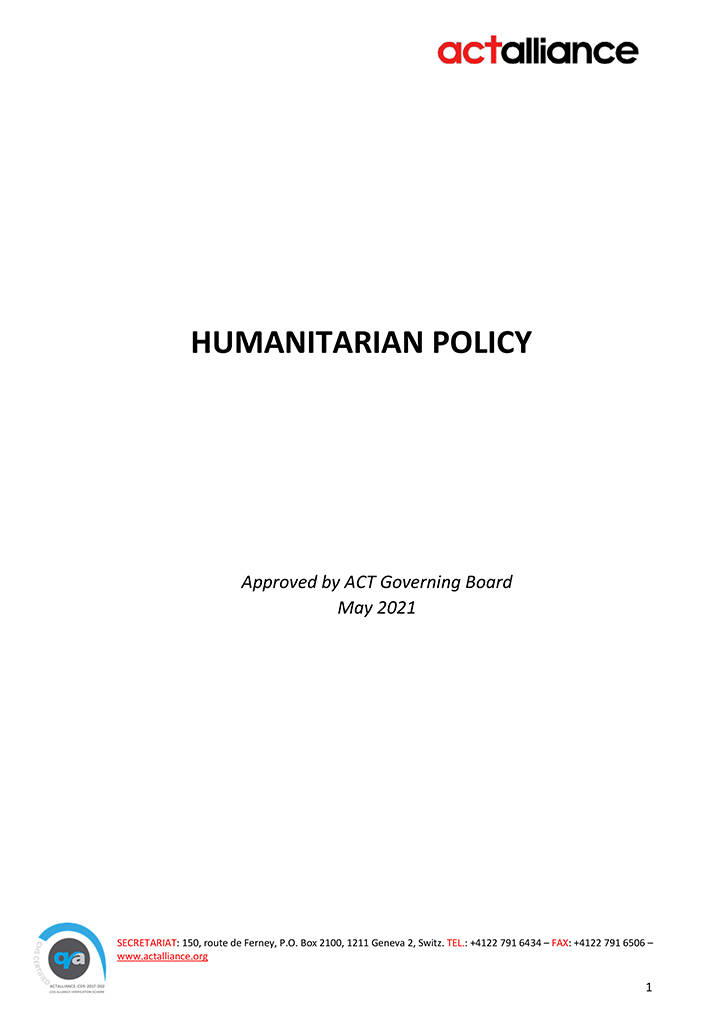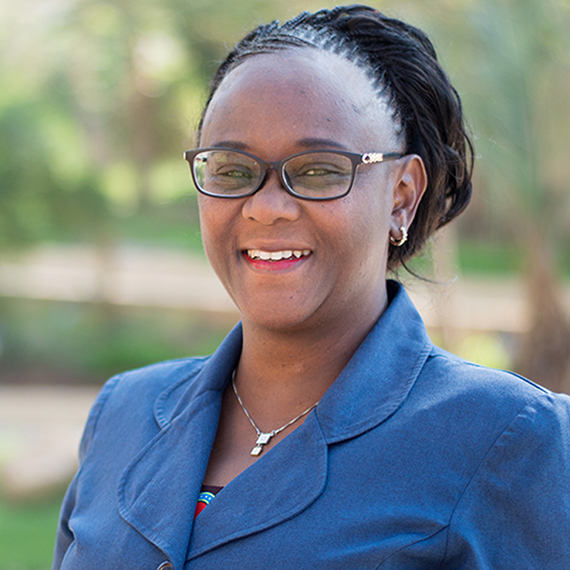The Mozambican government’s Disaster Management Technical Commission (CTGC) on January 16th, 2016 announced an orange alert, only one step removed from the maximum state of disaster readiness, a red alert. The move was prompted by a combination of torrential rains north of the Zambezi and a severe drought in southern Mozambique. The soils in the north of the country are now saturated, and the weather forecast is for 300 millimetres of rain in the next 15 days in Nampula, Niassa and Cabo Delgado provinces. In Cabo Delgado, the Messalo, Muagide and Megaruma rivers are now all at flood alert level.According to report by SETSAN (National Secretariat Food Security) published in January 2016, 176,000 people are facing worrying food insecurity, additional 575,000 people are at risk of food insecurity by March 2016, and 50,360 people are currently receiving food aid. The worst hit province is Gaza province, and the report indicates that about 77,375 people in Gaza province are currently facing stressed acute food shortages and require humanitarian assistance to help protect their lives, and additional 27,000 people are at risk to pass to this category.ACT forum in Mozambique is planning to attend to 8,940 households with a total population of 47,570 affected communities through food distribution, WASH, Food security through improved agricultural practice and community managed DRR Appeals_01_2016_Drought in Mozambique_MOZ161












